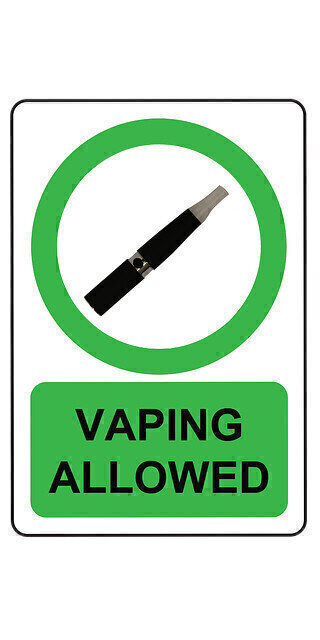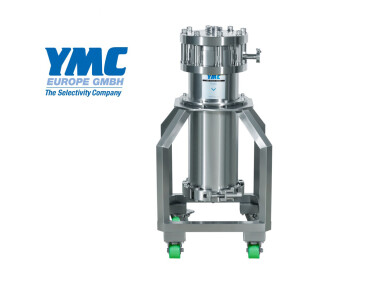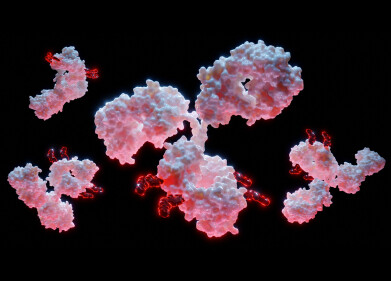Columns (LC)
Electronic Cigarettes — Chromatography Samples the Vape
Aug 26 2015
In these times of austerity the only new shops on the high street are selling e-cigarettes (ECs) or their flavoured refill liquids. ECs have also made contradictory headlines in the news — one minute they are safe, the next headline states they are more harmful than cigarettes.
The UK government, through Public Health England (PHE) has recently tried to bring some clarity to the issue. In a press release titled E-cigarettes around 95% less harmful than tobacco estimates landmark review, PHE has stated that:
e-cigarettes are significantly less harmful to health than tobacco and have the potential to help smokers quit smoking.
But behind all the headlines, and other behavioural, social and economic factors, chromatography has played a major role in comparing cigarettes with the new kid on the block.
Dirty cigarettes v clean ECs?
Cigarettes can contain up to 500 additives along with the tobacco leaves, and generate some 4000 compounds when they are smoked — it is the burning process that makes so many products — with close to 70 carcinogenic compounds identified. A discussion on one of these compounds can be found in the article, The Importance of the Analysis of Nitrosamines by a Thermal Energy Analyser (TEA) and Their Link to Cancer.
ECs are marketed as tobacco free nicotine delivery systems — in cigarettes it is the nicotine that creates the addition and craving for another cigarette. With no burning process, the nicotine is administered via a mist in ECs, and the number of additives and compounds ingested are considerably lower. Although ECs are suggested as the safer alternative to smoking, they still contain many chemicals that may cause harm — but at low levels compared to cigarettes.
Chromatography looks at the issue
A recent edition of the journal Tobacco Control — published by a subsidiary of the British Medical Association — dedicated an issue to ECs, and published a paper on their analysis, Chemical evaluation of electronic cigarettes. The study looked at 29 articles in-depth and with the exception of particle analysis, chromatography was the technique used in the majority of analyses.
To vape or not to vape — that is the question
The PHE report is supportive of EC use, and in the press release goes on to say:
Emerging evidence suggests some of the highest successful quit rates are now seen among smokers who use an e-cigarette and also receive additional support from their local stop smoking services.
One of the main conclusions though — seen in many different reports — is the lack of regulation and consistency when looking at electronic cigarettes and their associated products. As shown by the report in Tobacco Control, analysis of EC products shows an inconsistency in nicotine levels between the content stated on the labels and the values measured by chromatography. Hopefully this is something that will be addressed with new regulations being introduced in 2016.
Image from inspiredimages at pixabay
Events
Apr 22 2025 Kintex, South Korea
Analytica Anacon India & IndiaLabExpo
Apr 23 2025 Mumbai, India
Apr 27 2025 Portland, OR, USA
May 11 2025 Vienna, Austria
May 18 2025 Tempe. AZ, USA












